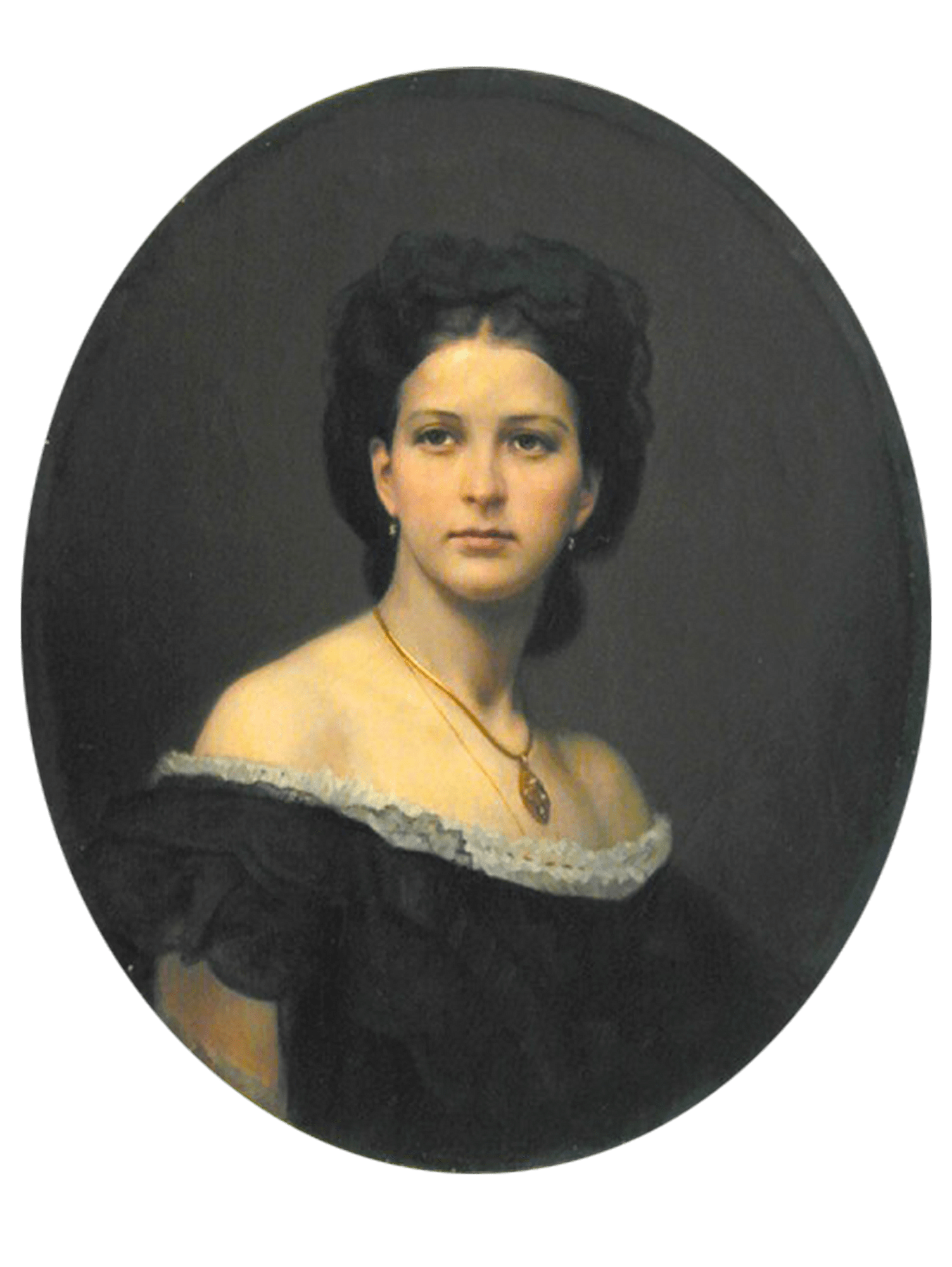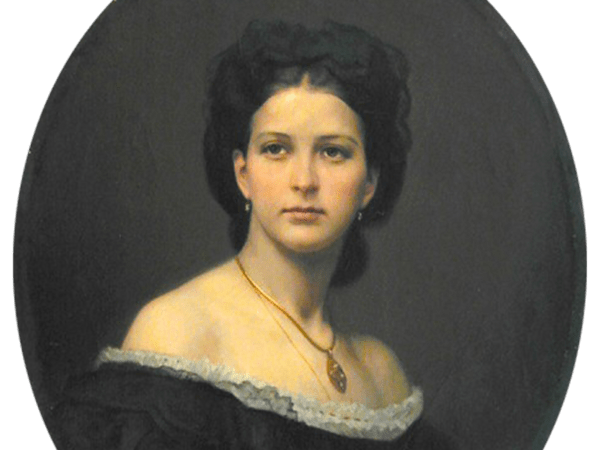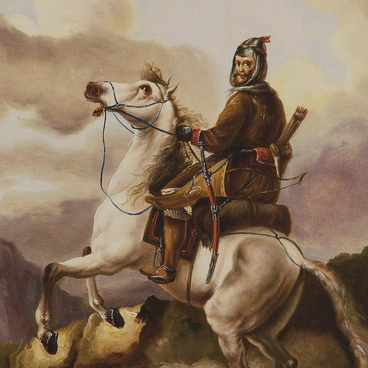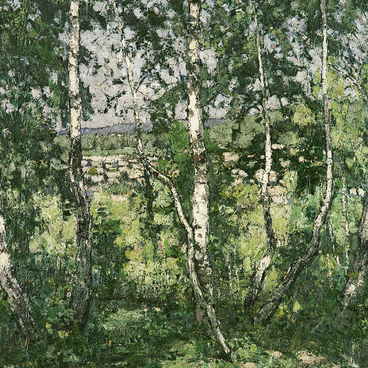The collection of the Chelyabinsk Museum of Fine Arts contains the ‘Portrait of Countess Sophia Alexeyevna Bobrinskaya’ by Henrich Manizer.
Heinrich Manizer was born in Memel, Prussia in 1848. He received his first art education at the Moscow School of Painting, Sculpture and Architecture, where his teachers were Vasily Perov, Apollon Mokritsky and Evgraf Sorokin. For the works created during his studies, he was awarded minor and major silver medals.
At the age of 25, Heinrich Manizer moved to St. Petersburg and continued his studies at the Academy of Arts. In 1875, the academician received a minor gold medal for the work ‘Joseph Explains Dreams to the Cupbearer and Caterer in the Dungeon.’ While still being a student, Manizer participated in the painting of the Cathedral of Christ the Savior in Moscow. In 1878, the graduate of the Academy was awarded the title of class artist of the first degree for the painting ‘Marriage at Cana of Galilee.’
After graduating from the Academy, Manizer taught painting and drawing at the Central School of Technical Drawing, founded by Baron Alexander Stieglitz. His students loved and respected him for his honesty and rigidity.
The artist succeeded in working on biblical plots, portraits, genre painting and battle scenes. For example, the painting ‘Gurko’s Entrance to Kazanlyk’ in 1887 was bought by Emperor Alexander III. Manizer was also an excellent draftsman-architect working extensively as an engraver and writing professional articles on art.
The artist created the image of Sophia Bobrinskaya, néé Sheremeteva, with realistic precision. The details of the woman’s costume are subtly drawn: exquisite ruffles, a pendant on the chest, hair styled in a fashionable hairstyle. This painting was housed in the Kuskovo estate complex — the residence of the noble Sheremetev family near Moscow. The husband of the canvas character, Alexey Bobrinsky, was the great-grandson of Empress Catherine II.
The painting was created after the death of the countess, from her photograph in full-length, at the request of her mother, who outlived many of her children and commissioned portraits of her deceased descendants. The 1869 photographic ‘Portrait of Countess Sophia Bobrinskaya’, made by Ipollit Robillard, is housed in the State Hermitage Museum.
Heinrich Manizer was born in Memel, Prussia in 1848. He received his first art education at the Moscow School of Painting, Sculpture and Architecture, where his teachers were Vasily Perov, Apollon Mokritsky and Evgraf Sorokin. For the works created during his studies, he was awarded minor and major silver medals.
At the age of 25, Heinrich Manizer moved to St. Petersburg and continued his studies at the Academy of Arts. In 1875, the academician received a minor gold medal for the work ‘Joseph Explains Dreams to the Cupbearer and Caterer in the Dungeon.’ While still being a student, Manizer participated in the painting of the Cathedral of Christ the Savior in Moscow. In 1878, the graduate of the Academy was awarded the title of class artist of the first degree for the painting ‘Marriage at Cana of Galilee.’
After graduating from the Academy, Manizer taught painting and drawing at the Central School of Technical Drawing, founded by Baron Alexander Stieglitz. His students loved and respected him for his honesty and rigidity.
The artist succeeded in working on biblical plots, portraits, genre painting and battle scenes. For example, the painting ‘Gurko’s Entrance to Kazanlyk’ in 1887 was bought by Emperor Alexander III. Manizer was also an excellent draftsman-architect working extensively as an engraver and writing professional articles on art.
The artist created the image of Sophia Bobrinskaya, néé Sheremeteva, with realistic precision. The details of the woman’s costume are subtly drawn: exquisite ruffles, a pendant on the chest, hair styled in a fashionable hairstyle. This painting was housed in the Kuskovo estate complex — the residence of the noble Sheremetev family near Moscow. The husband of the canvas character, Alexey Bobrinsky, was the great-grandson of Empress Catherine II.
The painting was created after the death of the countess, from her photograph in full-length, at the request of her mother, who outlived many of her children and commissioned portraits of her deceased descendants. The 1869 photographic ‘Portrait of Countess Sophia Bobrinskaya’, made by Ipollit Robillard, is housed in the State Hermitage Museum.



